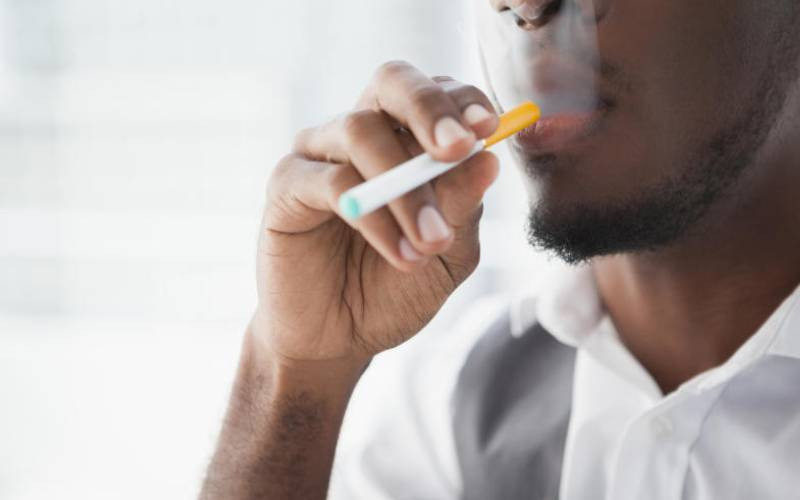
Child is unconscious and not breathing
This is the scenario we all fear but it is actually pretty rare, usually occurring after a serious accident such as a near-drowning.
First, check for breathing. Tilt their head back and look at their chest to see if it is rising and feel for breaths with your cheek.
Once you have confirmed they are not breathing, tell someone to call 999. If you are on your own, carry out rescue breaths and chest compressions for one minute, then call 999.
Give five rescue breaths. Tilt their head back, seal your mouth over their mouth and pinch their nose. Blow five times into the child.
Give 30 chest compressions. Push firmly in the middle of their chest with one hand so the chest goes inward, then release.
Here, you’re acting as the heart by keeping blood pumping. If you are small or the child is large, you may need to use two hands.
Give two rescue breaths, then continue with cycles of 30 chest compressions and two rescue breaths until help arrives.
Baby is unconscious and not breathing
IMPORTANT! The technique is different for a baby. First, check for breathing by tilting the baby’s head back – this opens their airway by pulling the tongue forward.
Look at their chest to see if it is rising and feel for breaths with your cheek. If they are not breathing, they may look pale and blue. Once you’ve confirmed they are not breathing, tell someone to call an ambulance. If you are alone, carry out rescue breaths and chest compressions (outlined below) for one minute, then call the ambulance.
Give five rescue breaths. Tilt their head back, seal your mouth over their mouth and nose and blow five times into the airways. Then give 30 chest compressions. Push firmly in the middle of their chest with two fingers so that the chest goes inward, then release.
Give two rescue breaths, then continue with cycles of 30 chest compressions and two rescue breaths until help arrives.
 The Standard Group Plc is a multi-media organization with investments in media platforms spanning newspaper print
operations, television, radio broadcasting, digital and online services. The Standard Group is recognized as a
leading multi-media house in Kenya with a key influence in matters of national and international interest.
The Standard Group Plc is a multi-media organization with investments in media platforms spanning newspaper print
operations, television, radio broadcasting, digital and online services. The Standard Group is recognized as a
leading multi-media house in Kenya with a key influence in matters of national and international interest.










